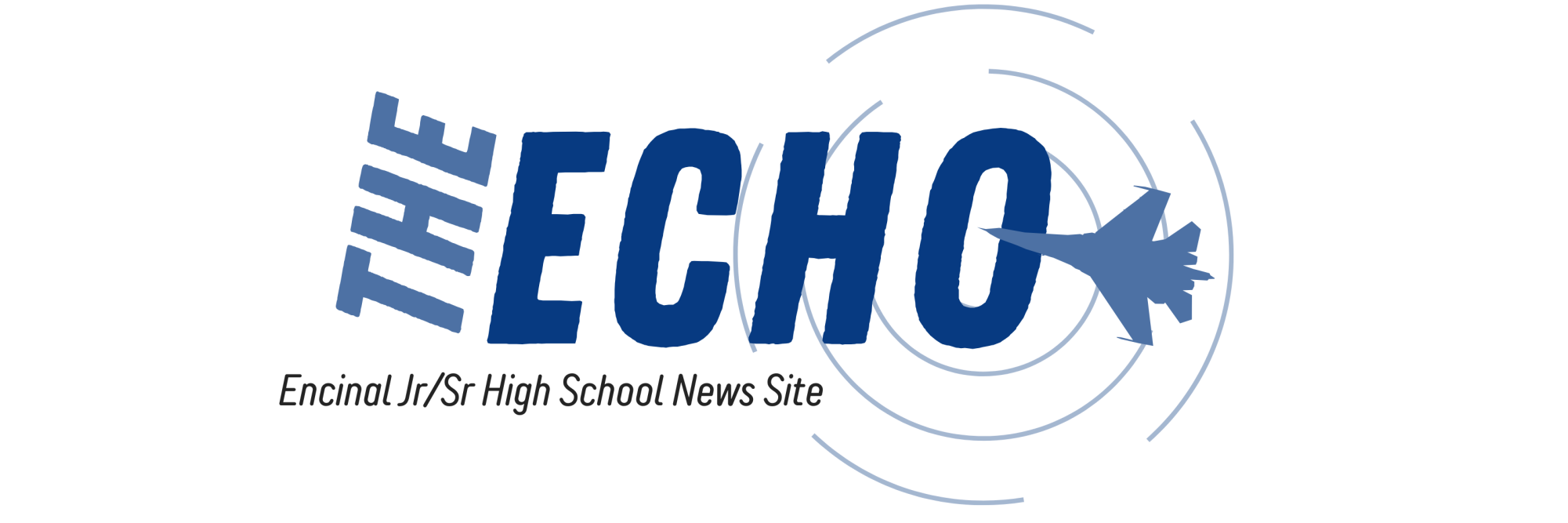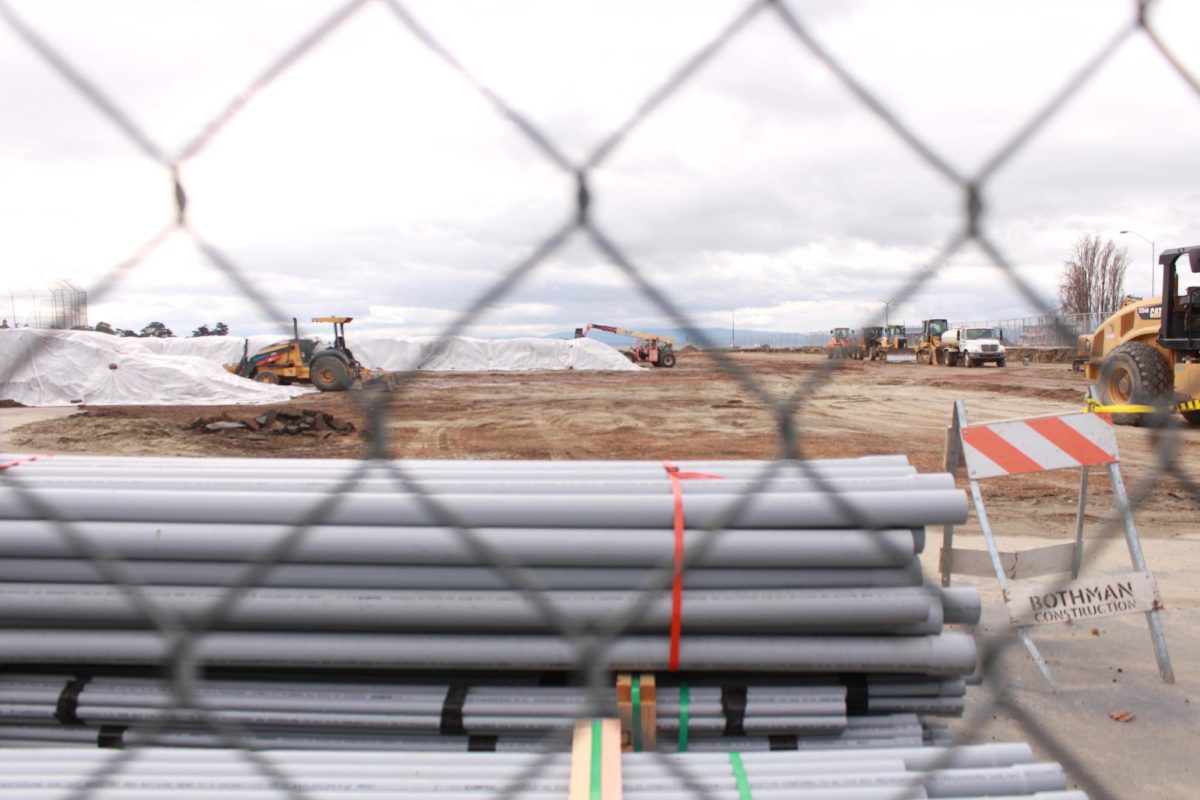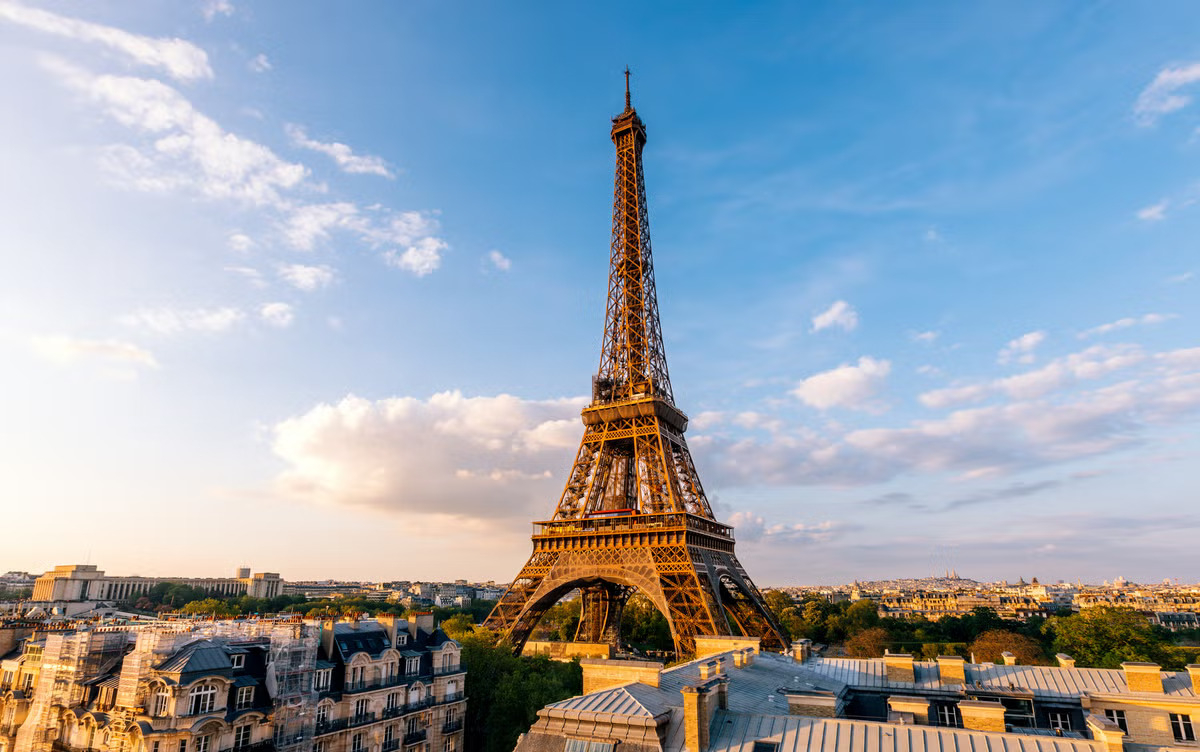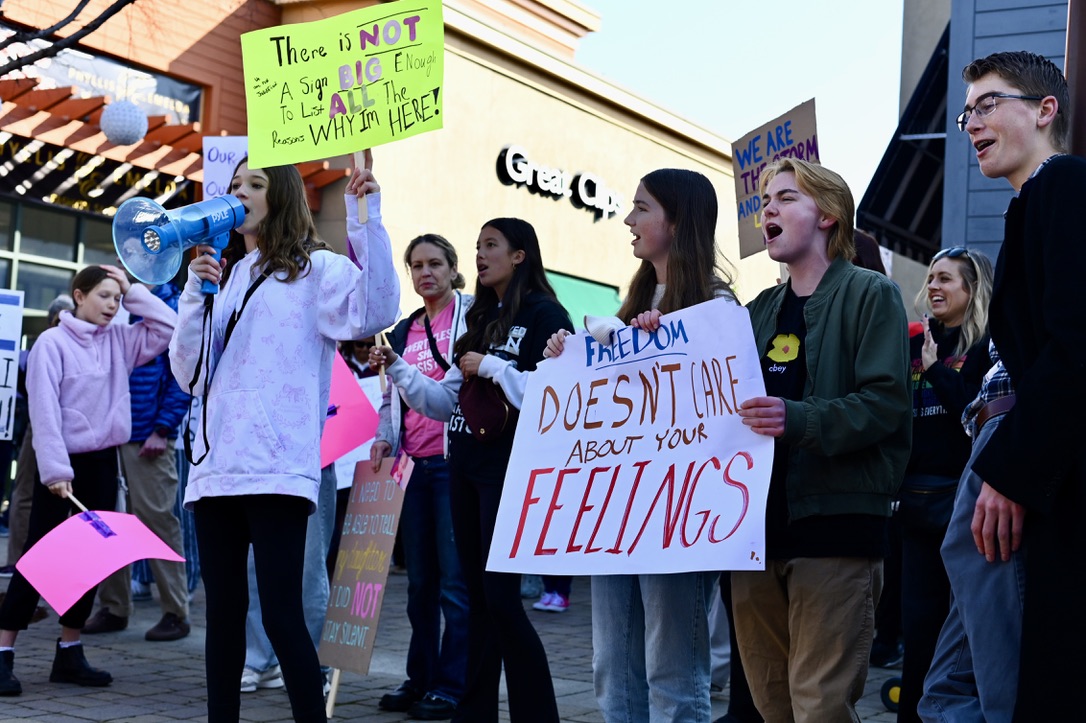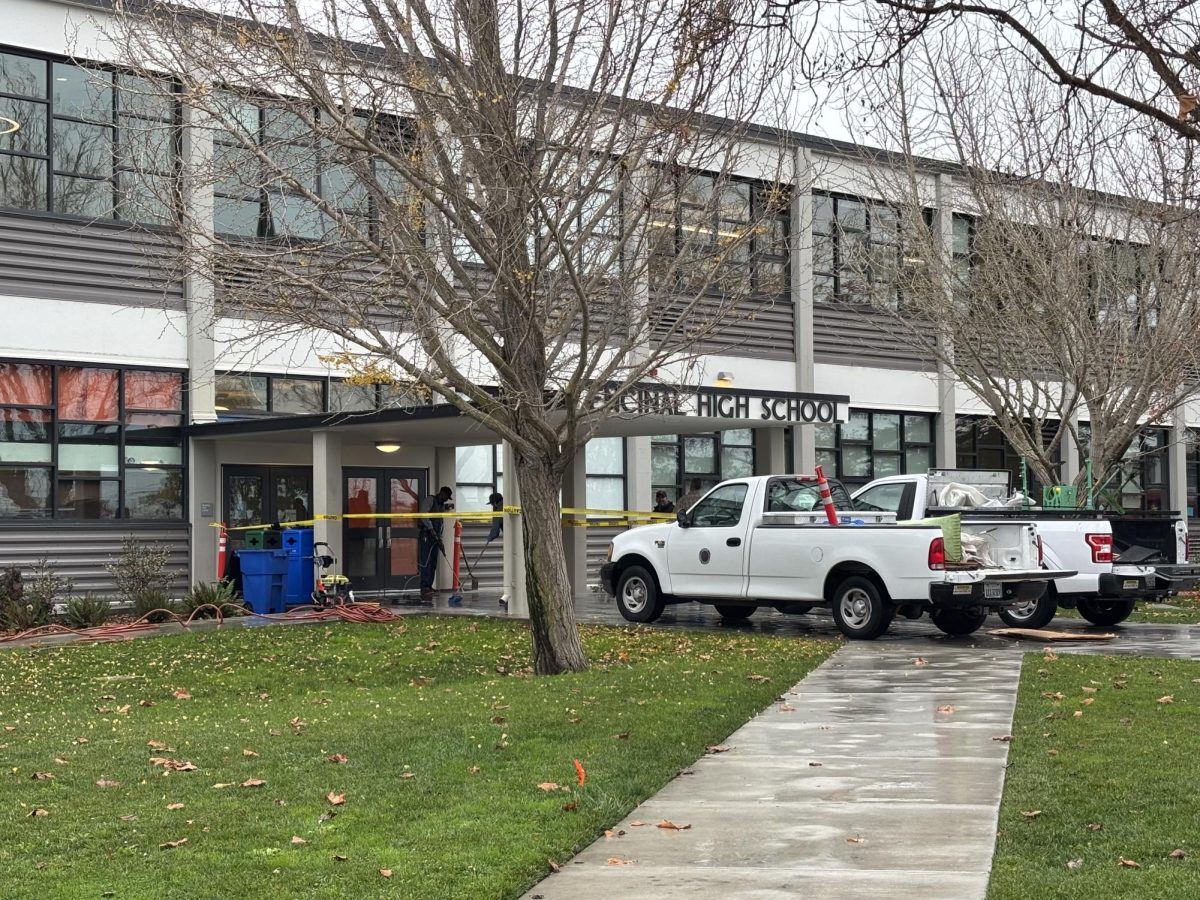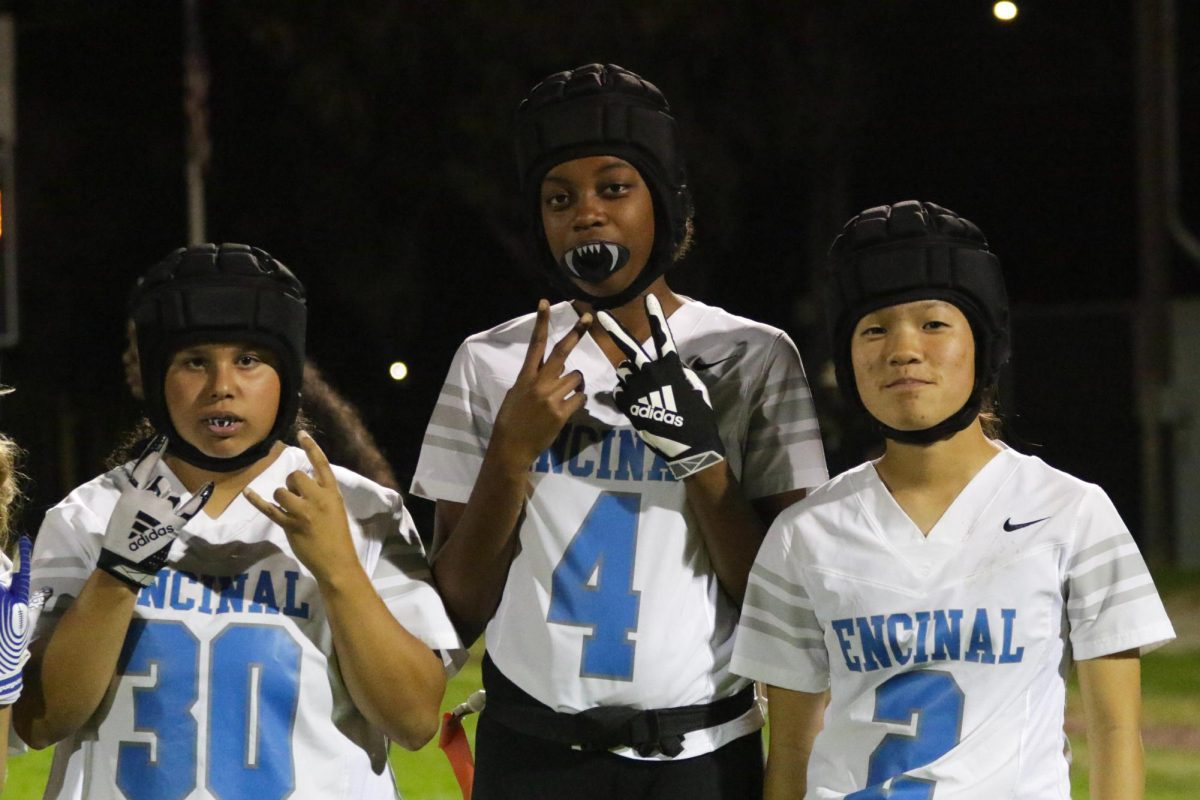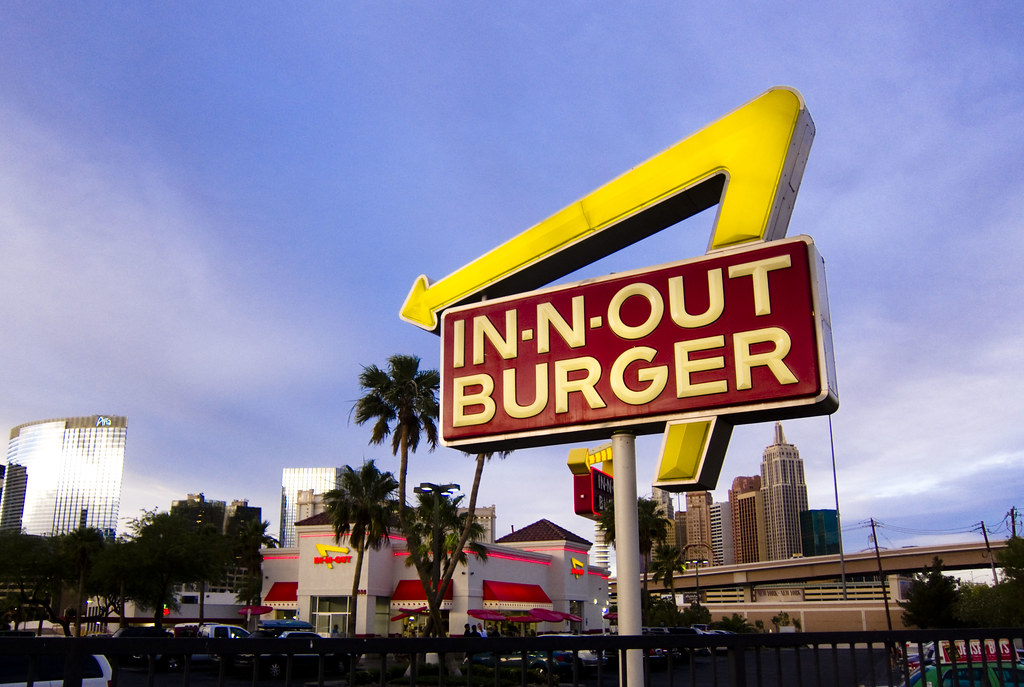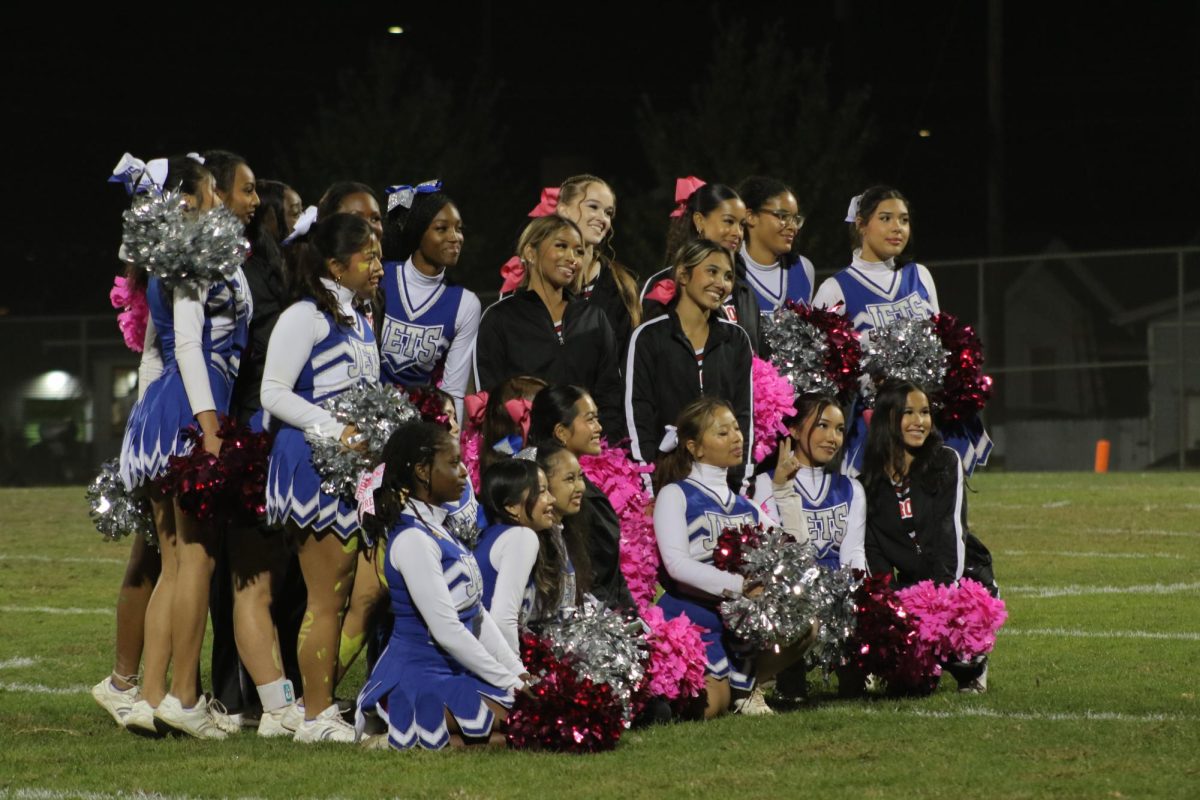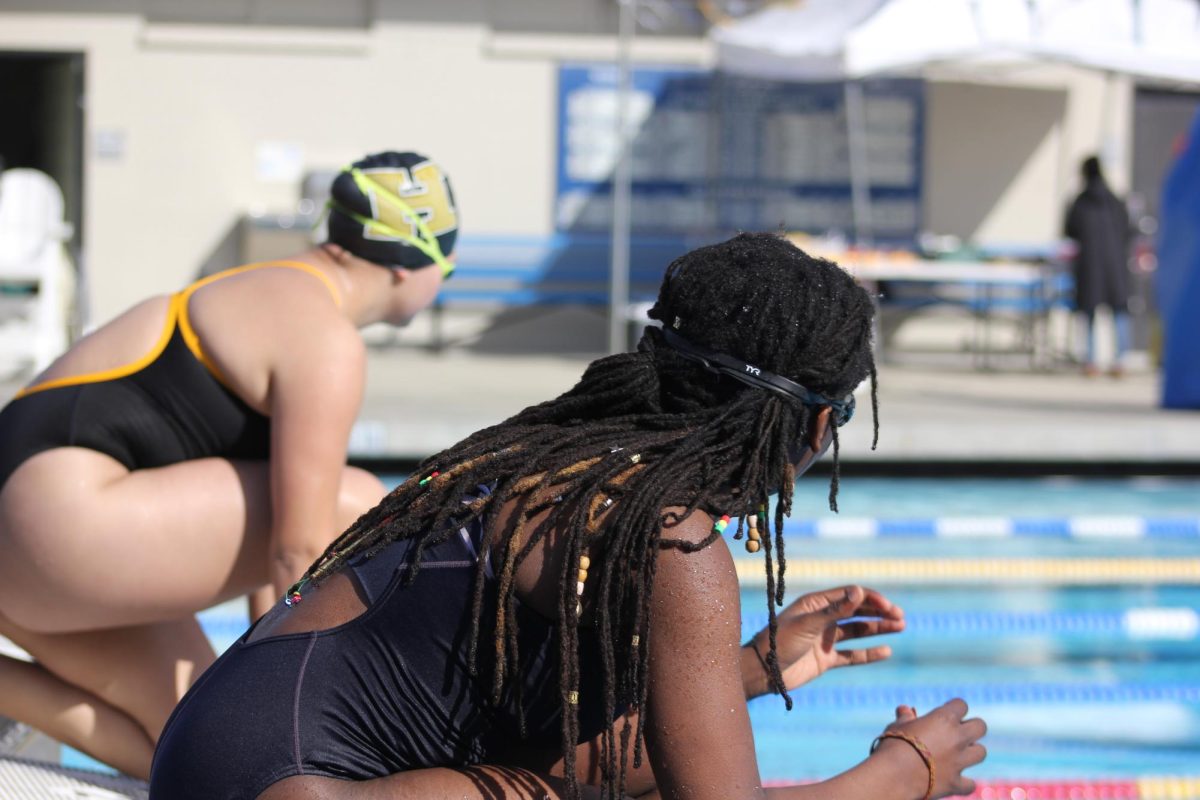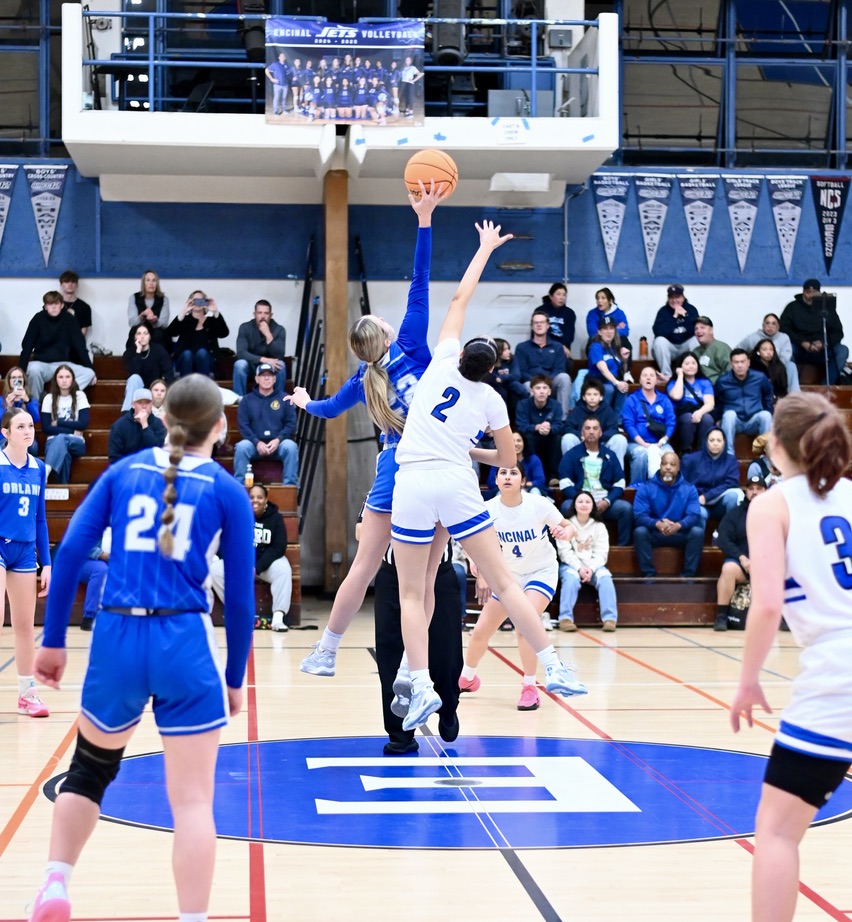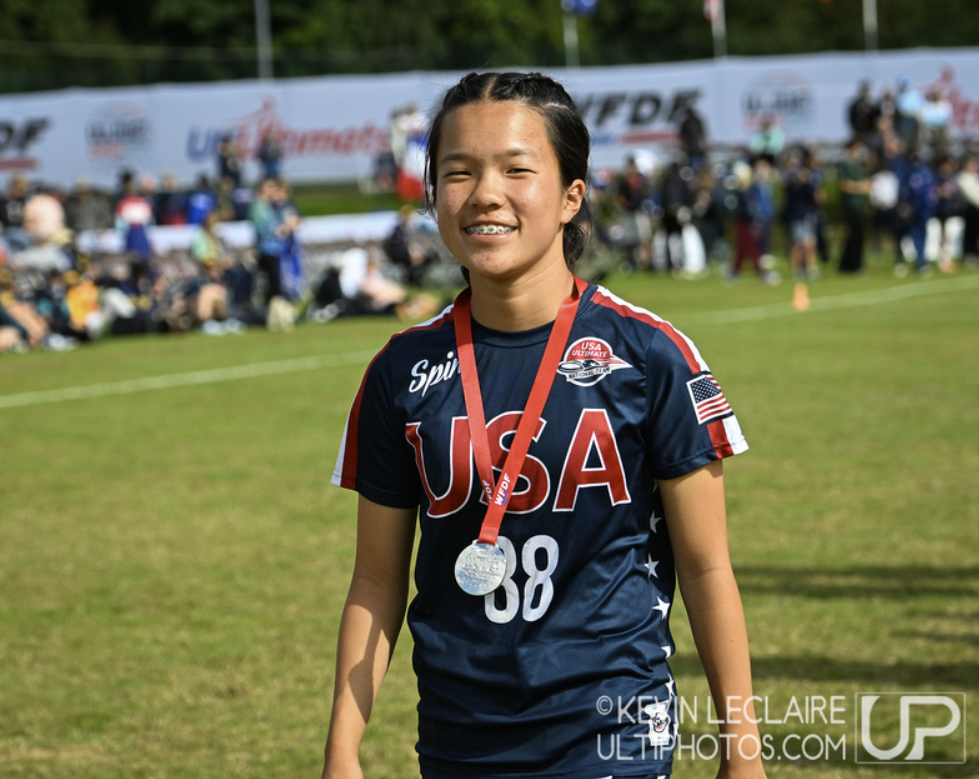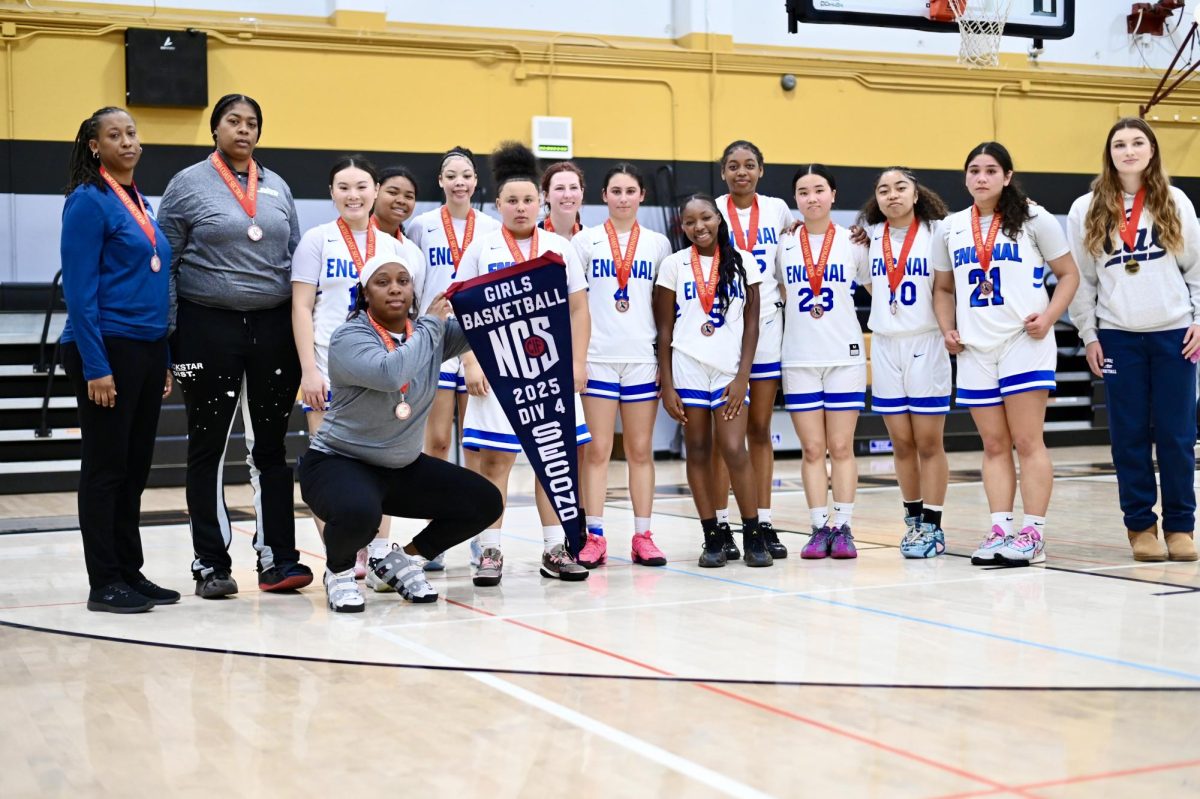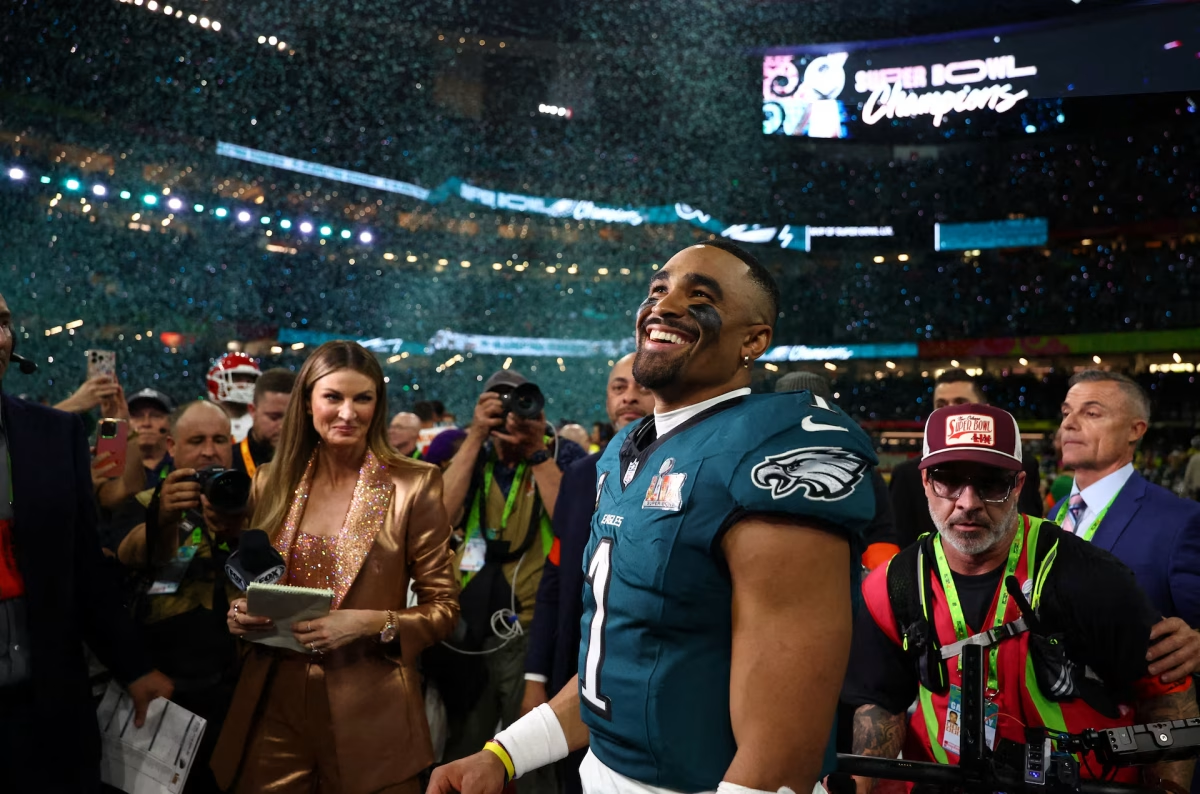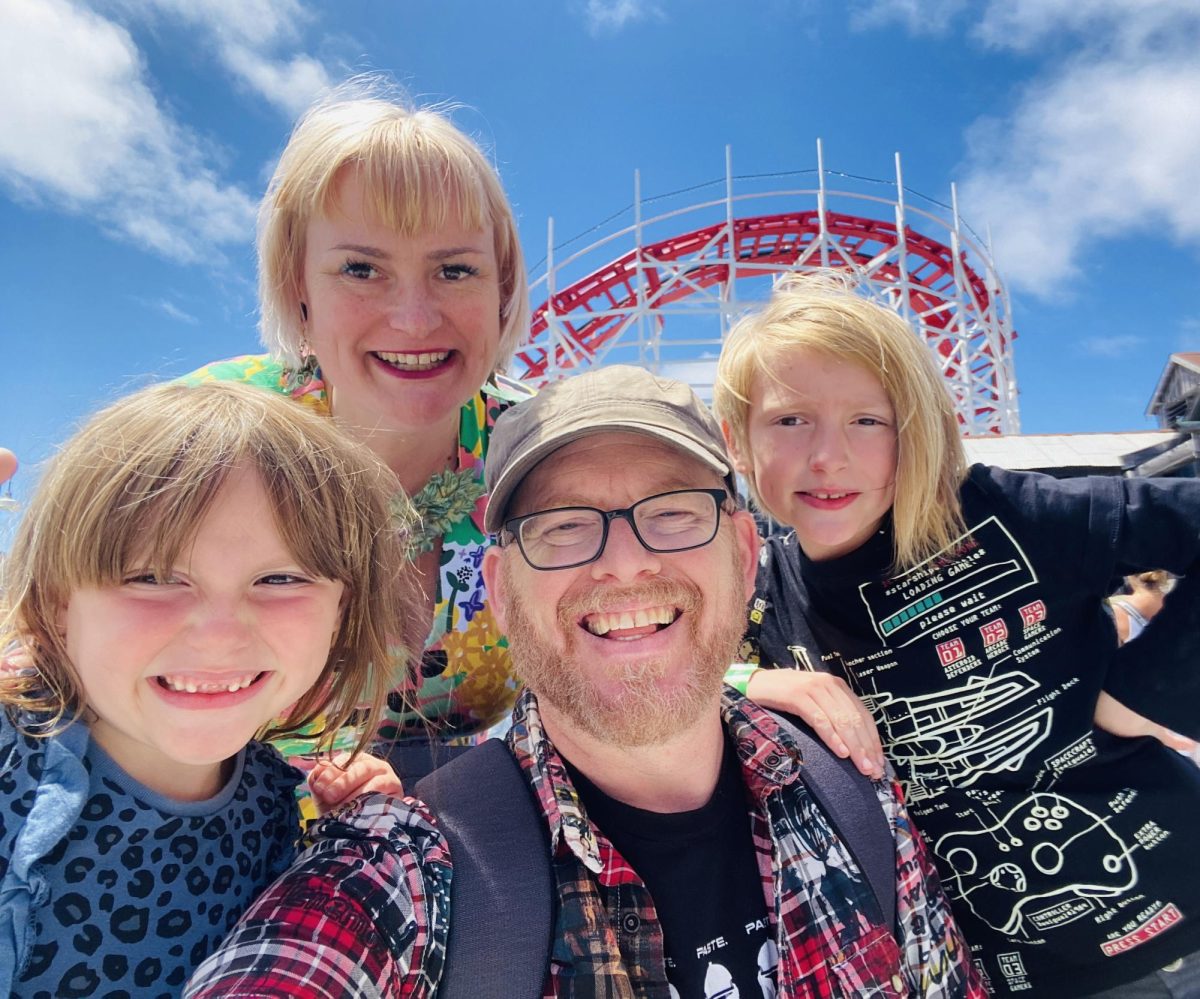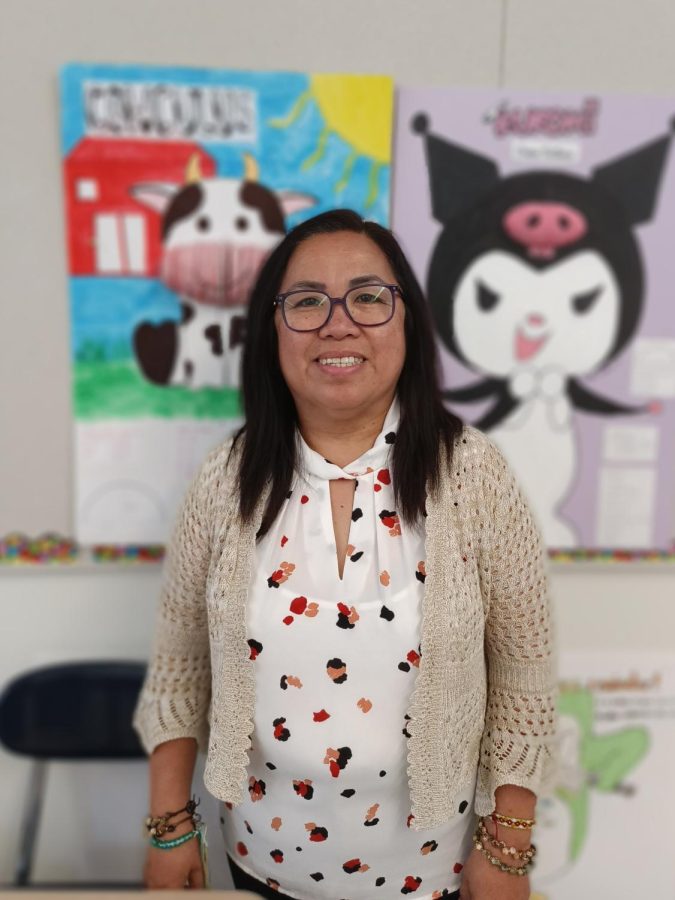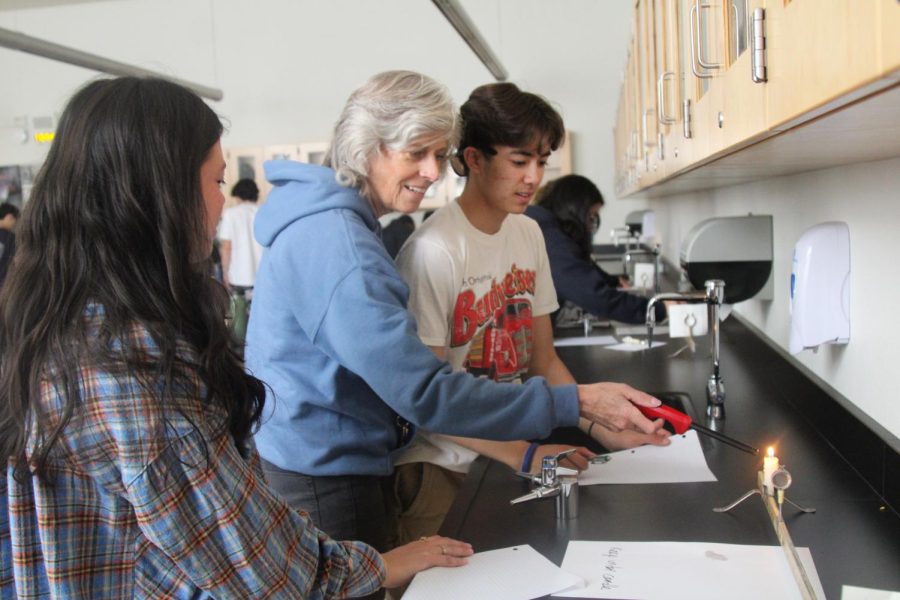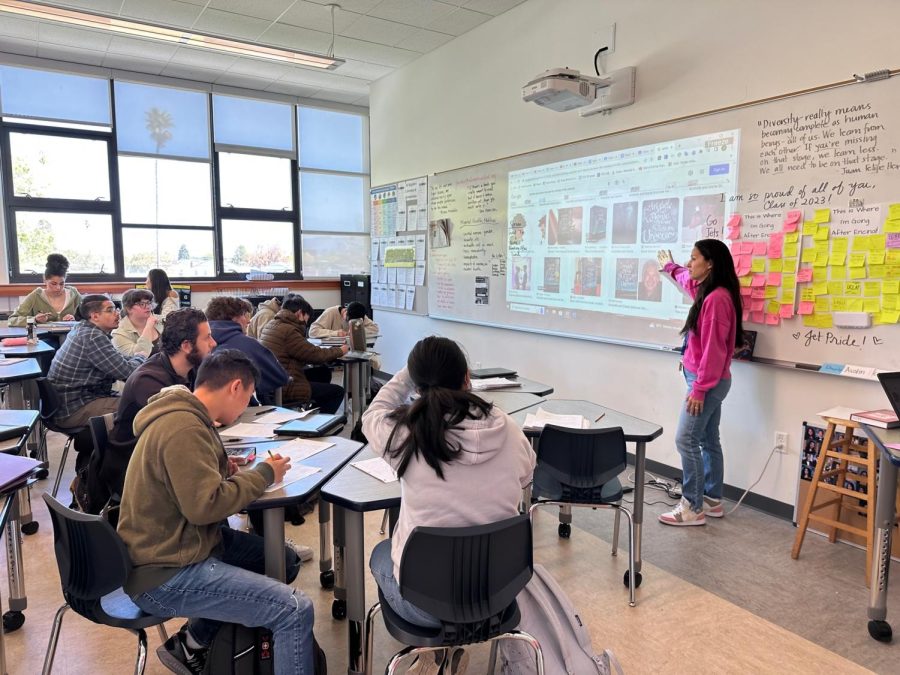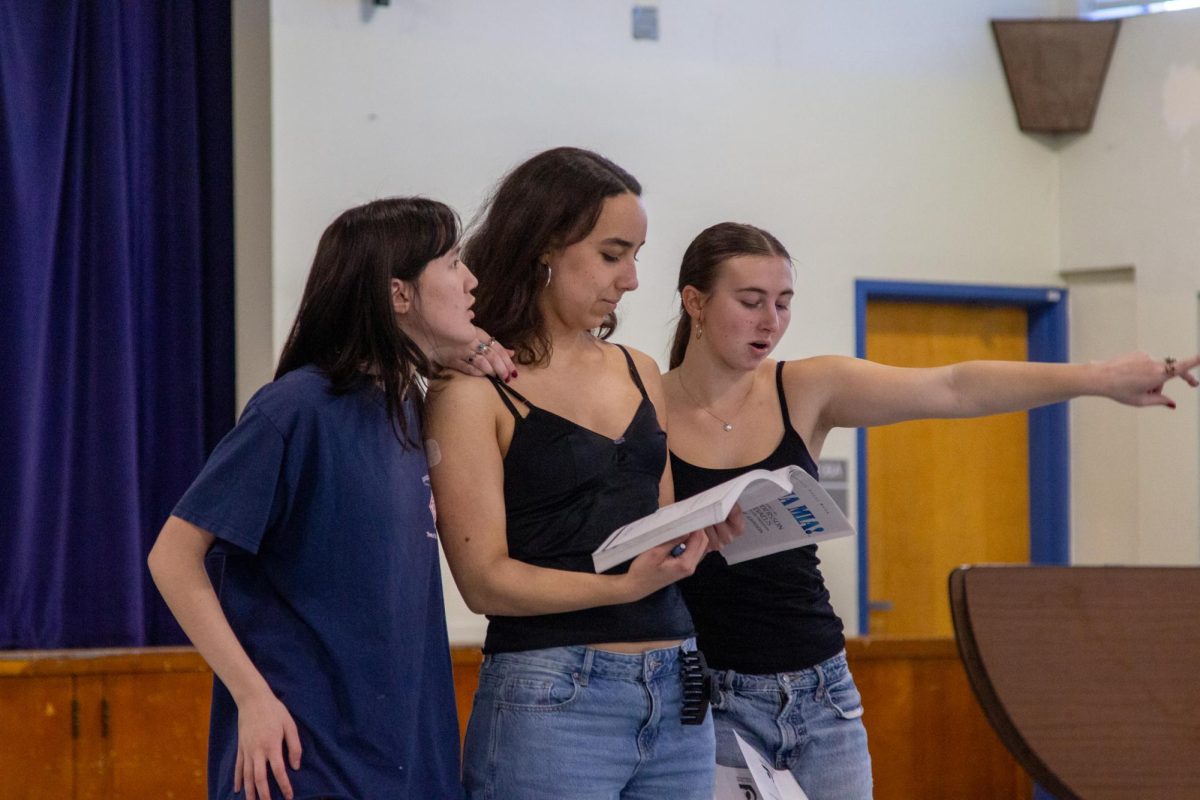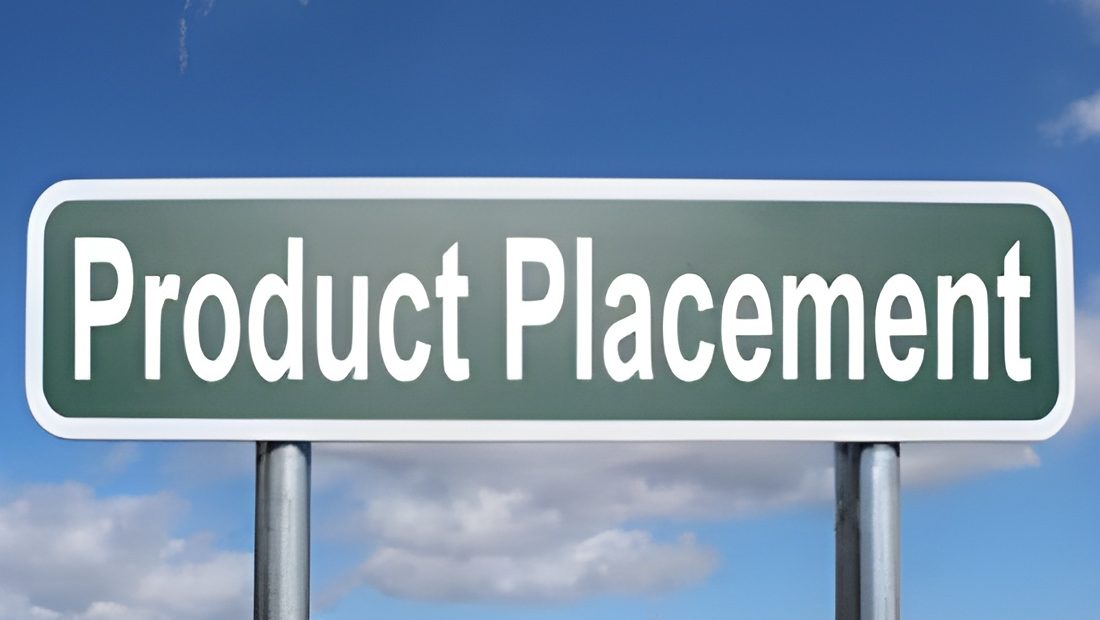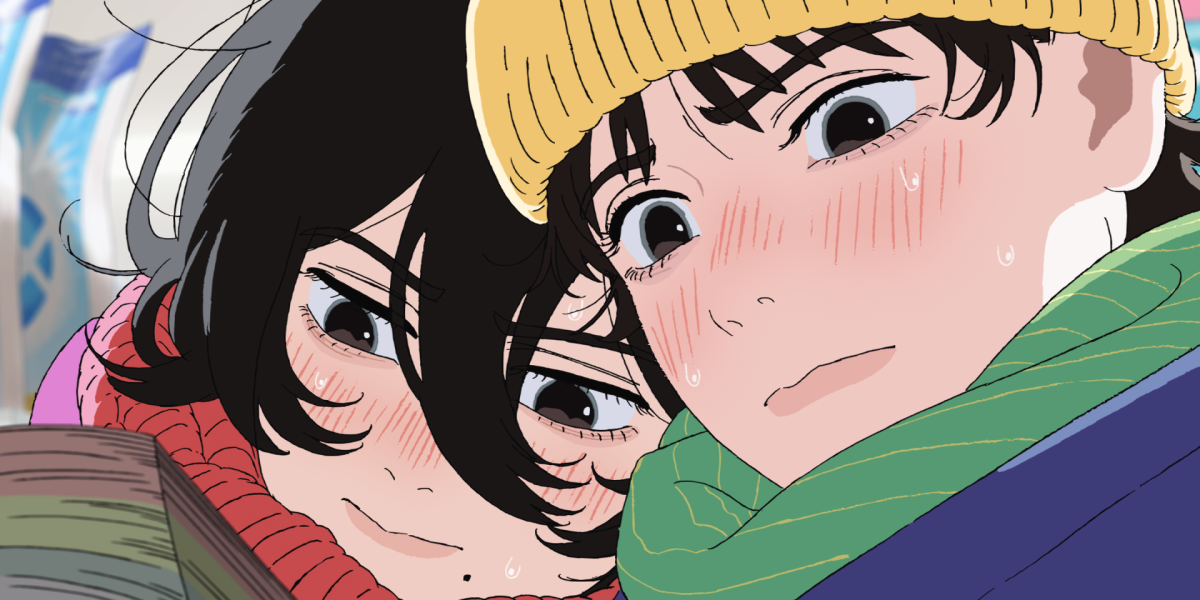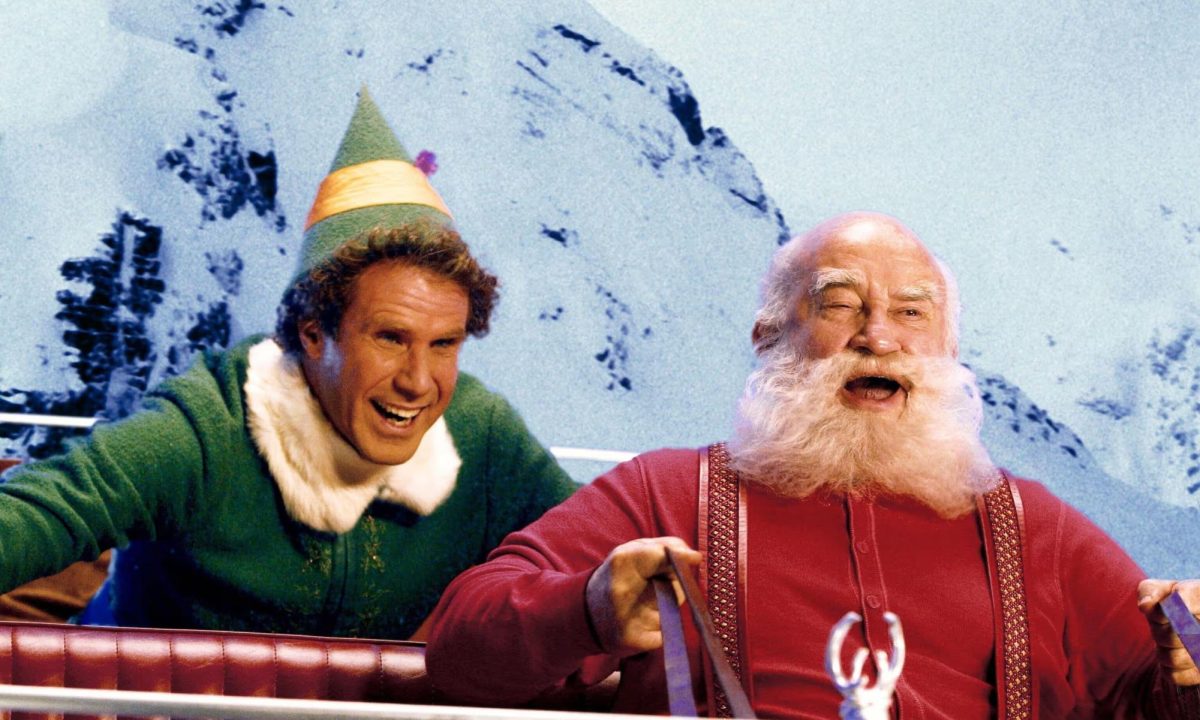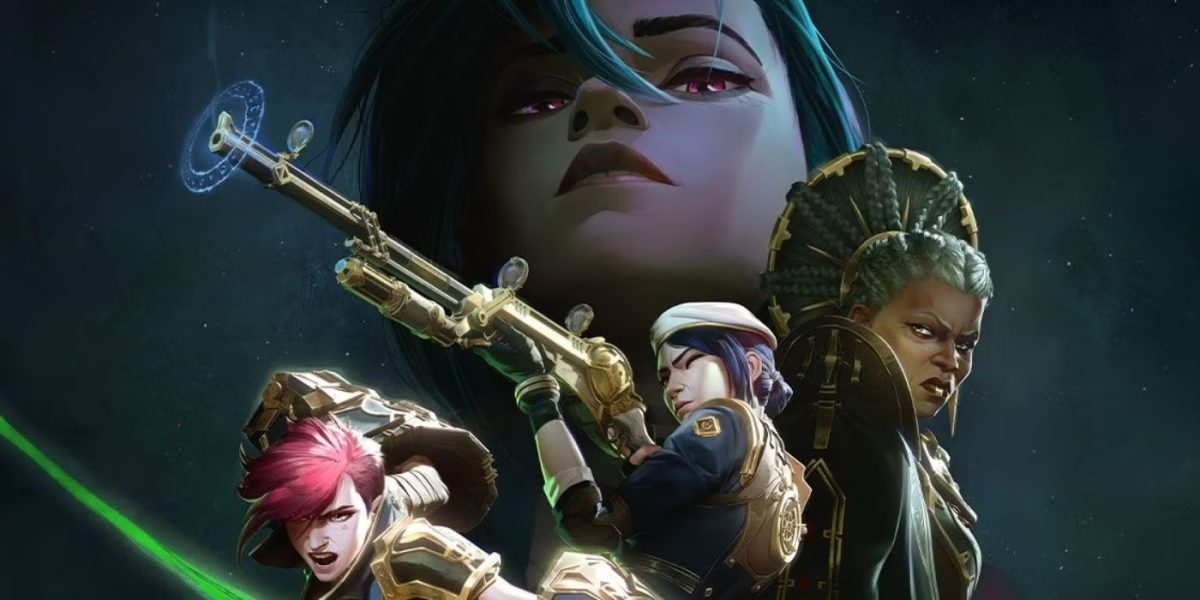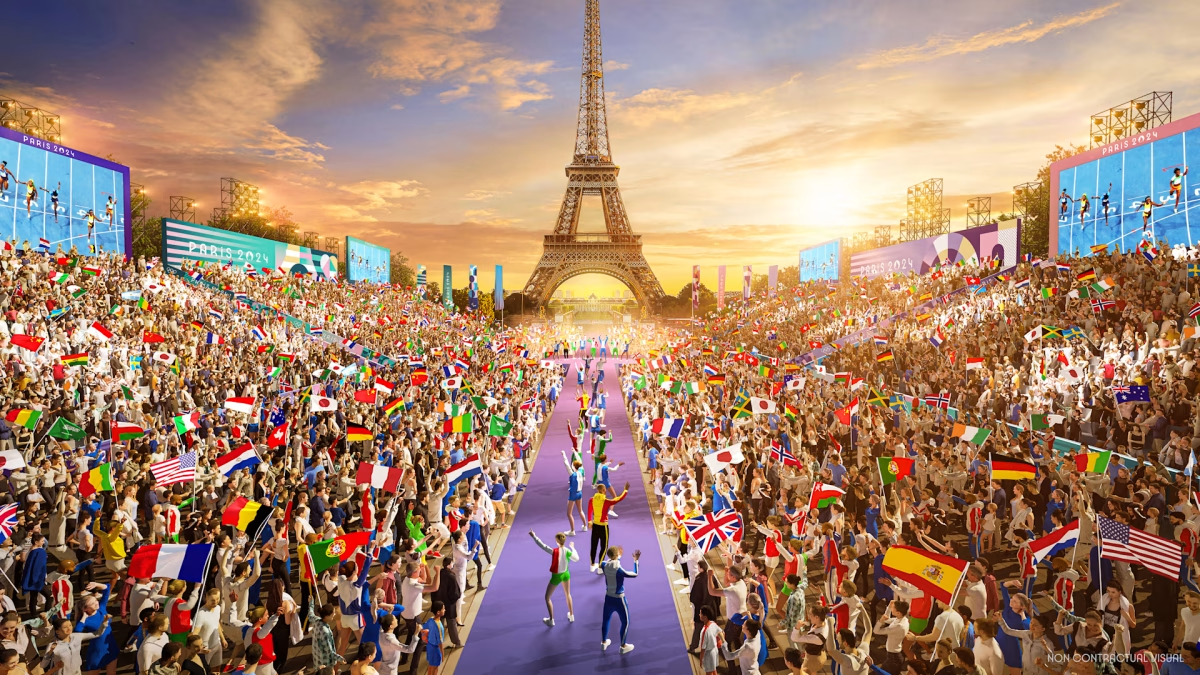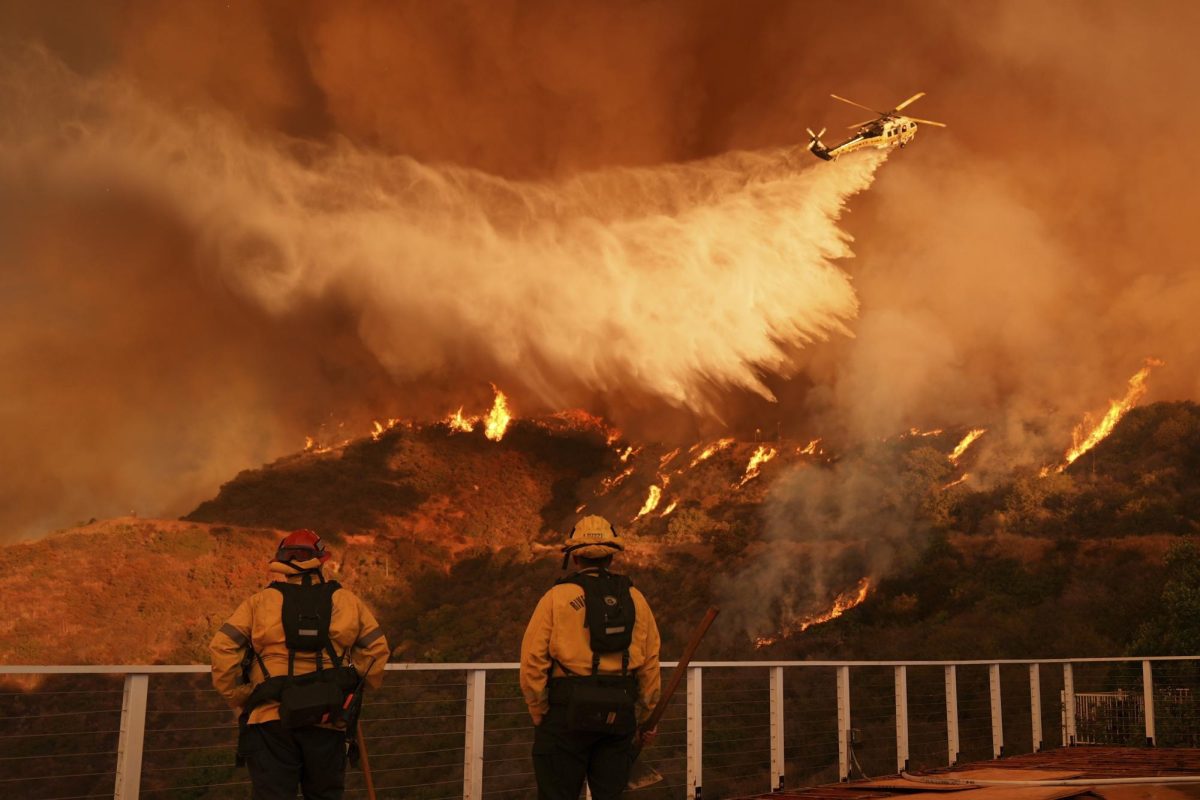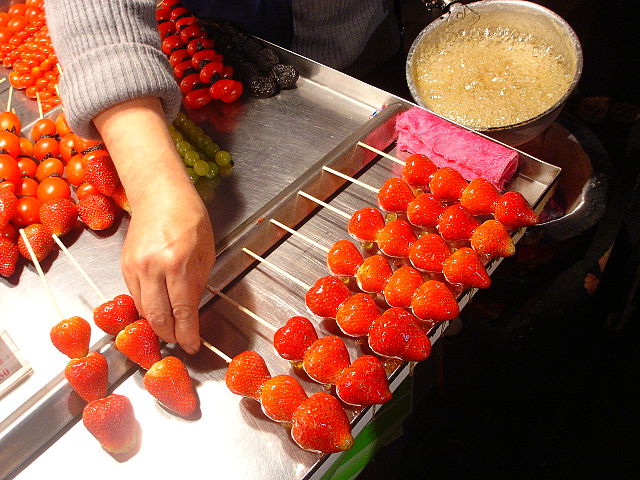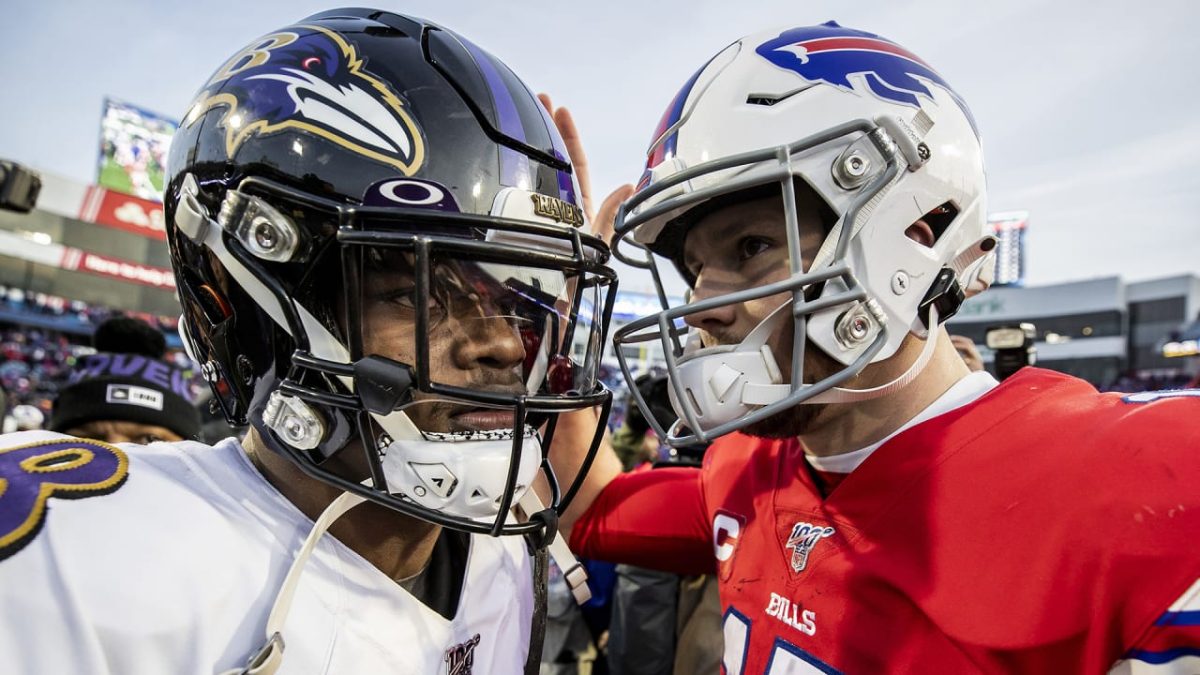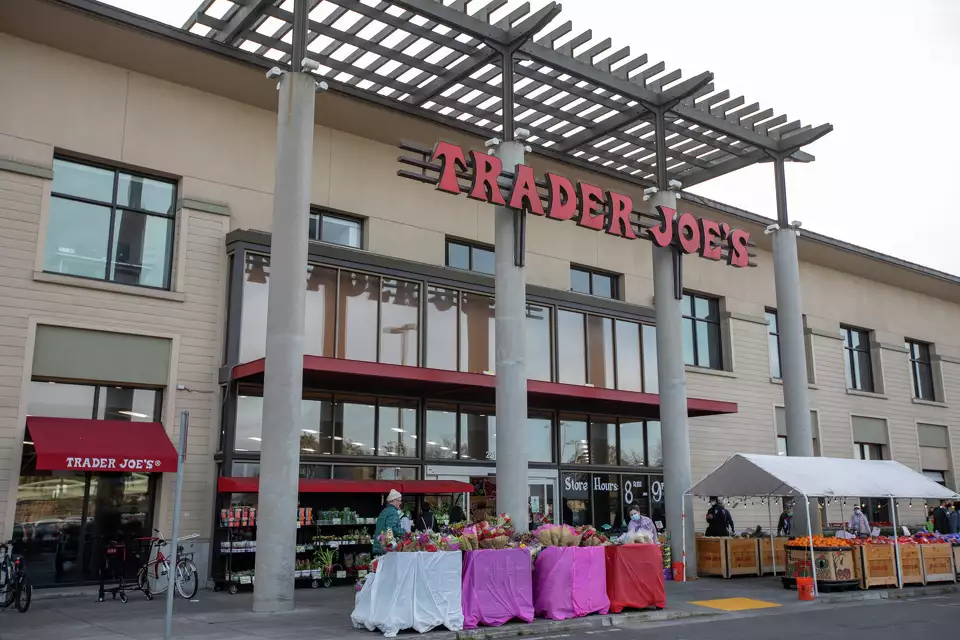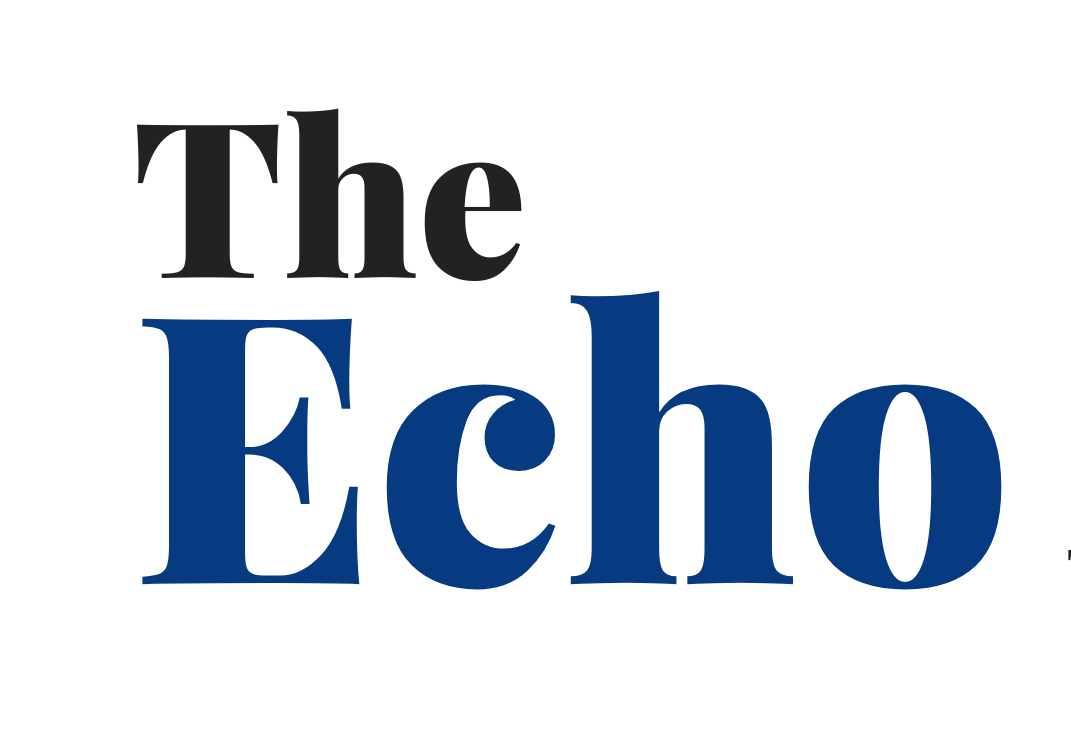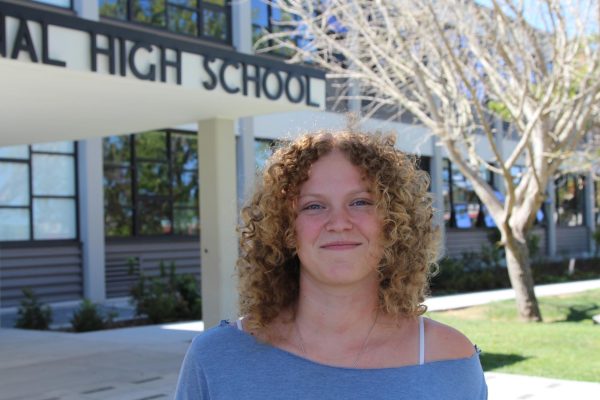As Southern California burned, citizens across California are reminded of the ever-present threat of wildfires. Whether they’ve threatened us, our friends, families or homes, we are aware of how dangerous they can be. But despite their impact on our lives, we aren’t taught what really causes them. Lightning or arson; as little as a stray spark can start a fire, but what makes them so bad?
There are many factors that determine how a fire burns. Fuel, heat, and oxygen are all a fire needs to be ignited; but humidity, temperature, how fast the winds are blowing and in which direction, the type of fuel that’s burning and how much there is of it–all of these things make the difference between a small fire that burns out in a couple of minutes and a raging fire that burns tens to hundreds of thousands of acres over days, weeks, to months.
So, because the conditions are always changing–wouldn’t it be safer to prevent all fires, just in case? To take away any risk of them getting out of control?
This thinking is what introduces us to Smokey Bear, a wildland creature known and loved for just trying to protect his home, but Smokey’s seemingly innocent figure is actually the embodiment of fire suppression which has unbalanced our ecosystem.
“I was mainly afraid of [fire] because I had only really heard of it in a destructive and negative way, and had never really thought that any good could come with it due to how harmful wildfires are and how quickly they can spread,” says sophomore Emma Dubow.
Many people are taught to hate fire, most by Smokey himself. Wildfire’s have a reputation for being dangerous, unpredictable, and devastating–it’s how it earned its prefix wild. Smokey’s teachings of extreme fear of all flames can be dangerous – leading to overzealous prevention and causing even greater blazes-however fearing the losses that big wildfires can and have brought is not at all irrational.
“I am afraid that something could happen to my family or someone I know,” says sophomore Grace Harriet. “Things are replaceable, people aren’t.”
The prevention of large wildfires is not a bad thing–nobody wants homes and lives to be lost–it’s how we prevent them that matters. Naturally, wildfires would burn at a much lower intensity, actually helping the ecosystem. Indigenous people have used fire as a tool for many thousands of years, burning the land for better hunting and plant growth as well as to protect the forest. This is called cultural burning, although tribal knowledge is also used by native and non-native people to do prescribed burning, which is slightly different from solely indigenous-led burns.
“No one’s ever taught me about prescribed burns before,” says Encinal biology teacher Huey Tran.
The reality of it is simple: we need fire to survive, not just in our stoves or fireplaces, but in nature. It has been here far longer than us and will be here far after. Trying to fight it, like media such as Smokey Bear encourages, will only lead to worse and more devastating fires like the Palisades’ which has burned 23,448 acres since it started on January 7th as recorded by CAL FIRE. Instead, we should try to rebuild the age-old connection between fire, the land, and people.
“I think that a lot of the time people kind of feel like wildfires or fires in general are always a bad thing,” says Tran. “I think it was cool to see that sometimes fire does have a real use, and it’s pretty effective.”
Prescribed fire reduces excess fuels, kills invasive species that aren’t adapted to fire like most native plants are, and helps manage vegetation, all of which dramatically lower the risk of extreme wildfires. They have already protected communities, promoted resilient forests, and helped rekindle the different relationships between people and fire. If they were more widely embraced they could drastically change how we relate to fire and save so much wilderness, as well as homes and lives.
This has already begun taking effect in my hometown. I grew up in far Northern California in a small rural town where fire burns every summer from late August until the rains come in October. Some years it comes close, some years it burns house after house. However, our community isn’t afraid of fire, most people know a lot about or participate in prescribed burns themselves.
My dad, a wildland firefighter (more affectionately called a firelighter by my family), taught me from a young age how important our connection with fire is. My most cherished memories are burning alongside my dad, but what’s even more special is knowing that, by holding a drip torch and wielding fire, I’m part of something bigger: truly fighting fire with fire.
